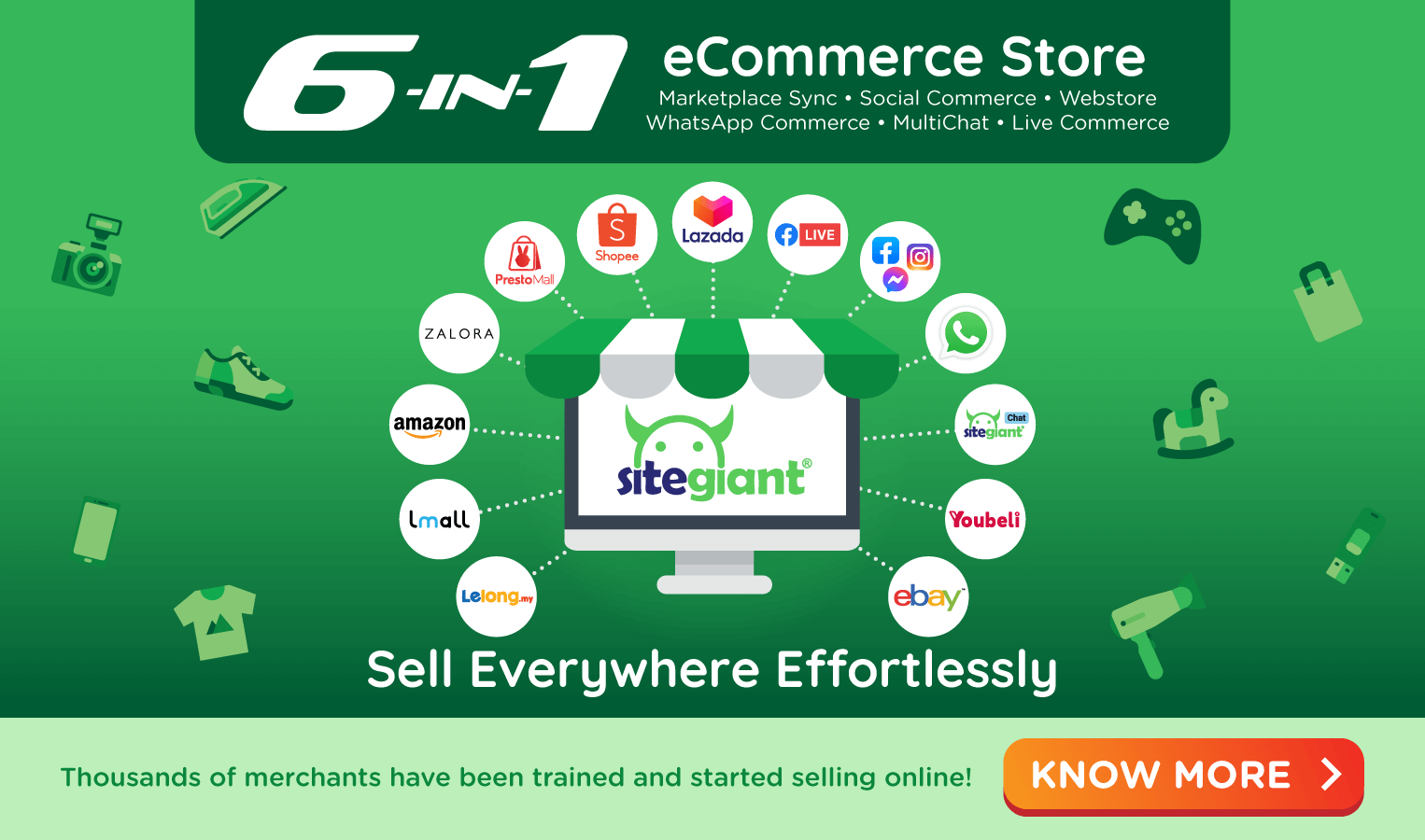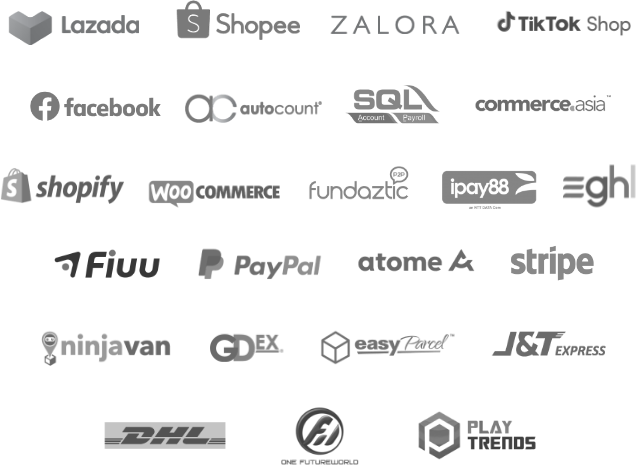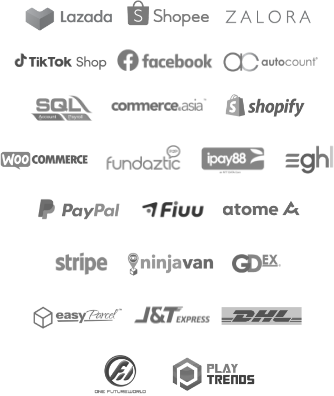Internet advancement has changed the way how Malaysian consumers purchase a product. Buyers today have many options to get the items they want, namely from webstore, Facebook or marketplaces. Some consumers may tend to only buy from their favourite marketplace, while some will do comprehensive research at Facebook before making a decision to purchase. Hence as a seller, you need to ensure that your products can be found on multichannel for the maximum number of sales.
What is multichannel selling?
Multichannel selling is a practice where merchants sell their products to more than one sales channel. It is all about exploring new channels such as marketplaces, Facebook, and webstore to maximize their sales.
What are the options available to sell on multichannel?
There are many sales channels you could consider in reaching out to more potential consumers. Here are some of the popular online sales channels to look at:
1) Marketplaces
A marketplace is a platform that is used by most of the e-commerce merchant. With millions of customer base, the marketplace is known to be the most influential e-commerce platform. It is very easy to set up to sell in a marketplace. You can also take advantage of the high traffic in marketplaces, which can translate into high sales volume. Example of Marketplace are Lazada, Shopee, 11streets, Amazon & eBay.
2) Facebook
The growing popularity of Facebook has given merchants an opportunity to grow their business with a massive amount of users. Facebook is also a very effective viral marketing tool. Users can easily like your products, comment on them and share pictures of your product with their friends.
3) Webstore
Webstore is basically a personal business online space for the merchant to display their company profile and product. What makes webstore special is that merchant can take full control of design, product information, inventories and marketing. In order to rank your website’s domain higher on the search engine, merchants must always optimize their SEO with an effective keyword.
Why should I sell on multichannel?
Consumers today are no longer loyal and purchase only from a single channel. Hence, It is necessary to sell in more than a sales channel. Here we will discuss further on how the multichannel selling concept can benefits merchants.
1) Reaching new markets
The beauty of selling through multichannel is that merchants have the opportunity to reach their customers on different channels. To prove this point let’s have a look at the following illustration below.
Single channel selling
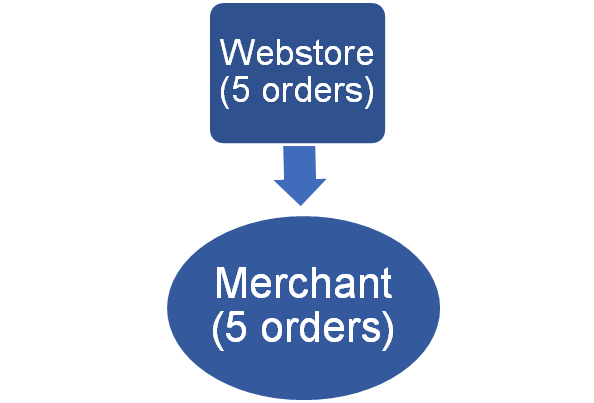
Multi-channel selling
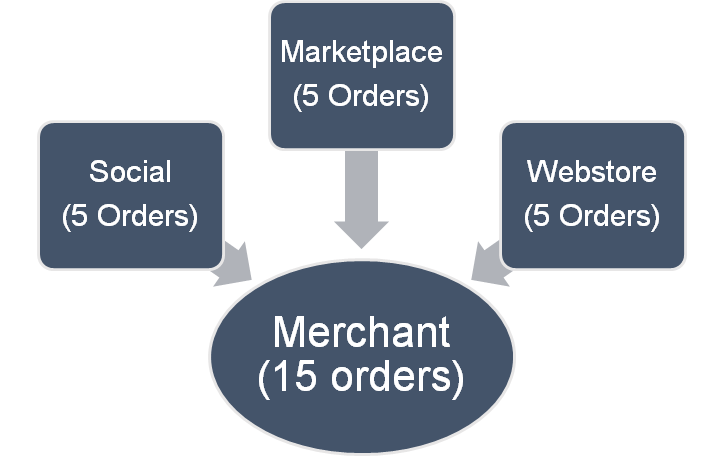
2) Increasing your touch points
Most of the time, online shoppers will read reviews and seek more information from multiple places. Selling on multichannel allows your brand to get maximum exposure repeatedly and that will increase the chance of customers buying your products.
What are the challenges selling in multichannel?
1) Higher operational costs
When you are selling on multichannel, it requires you to duplicate your effort by logging in to different channels to manage your products and process your orders. It is not only time-consuming but also requires you to hire more staff to manage these sales channels effectively.
2) Tallying inventory across different channels
Manually recording product inventory in different channels is not a wise move. Relying on offline spreadsheets to track your inventory not only consume more time but also it will be difficult for you to log in to different channels frequently just to update the latest inventory to prevent overselling.
3) Managing product information across different channels
As each of the marketplaces has its own format of product listing, it will be time-consuming in managing your product information and adjusting your product price across different channels without a marketplace integration tool.
Although adding new sales channels can present added challenges to merchants, there are technologies available to help you scale your operations. SiteGiant makes it convenient for merchants like you to sell on multichannel effortlessly. Click HERE to find out more.


